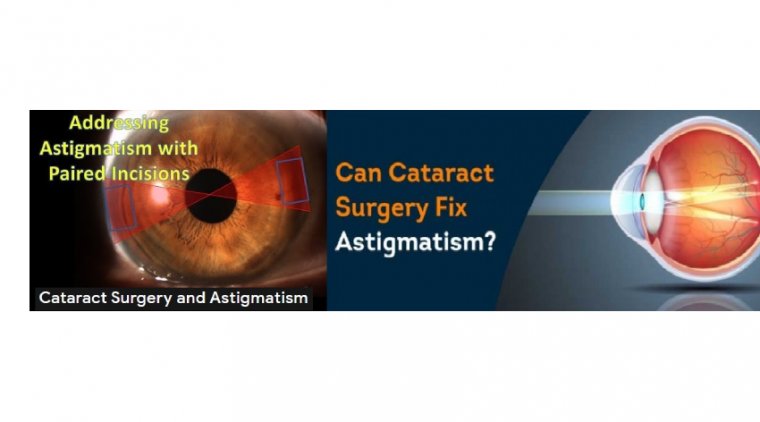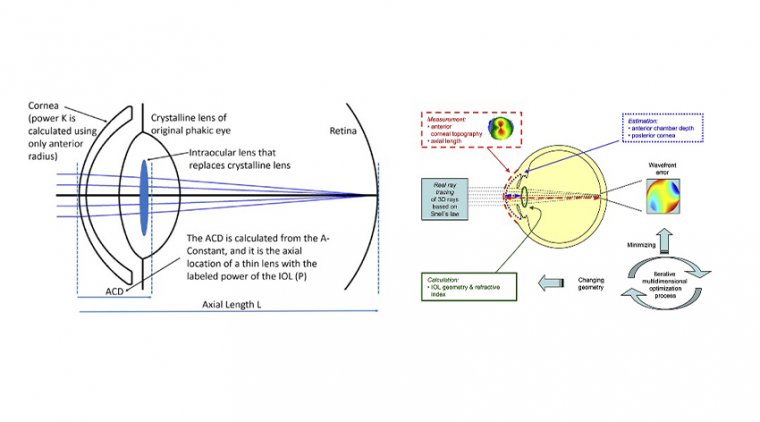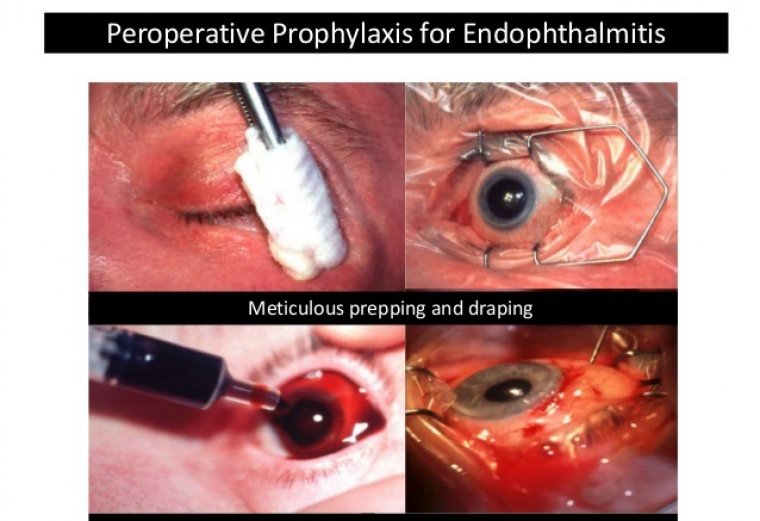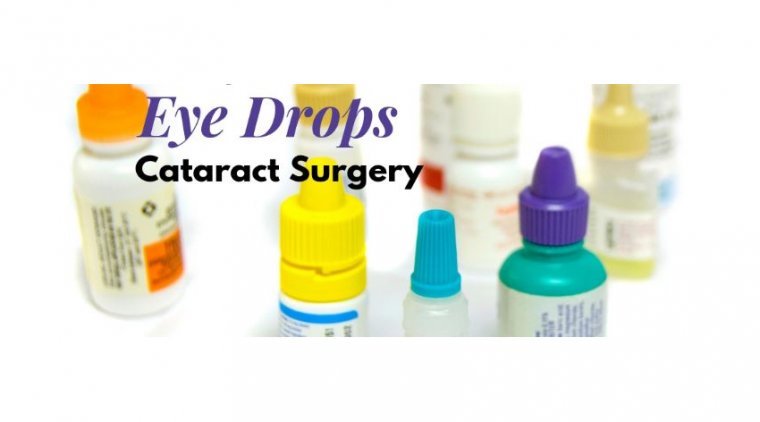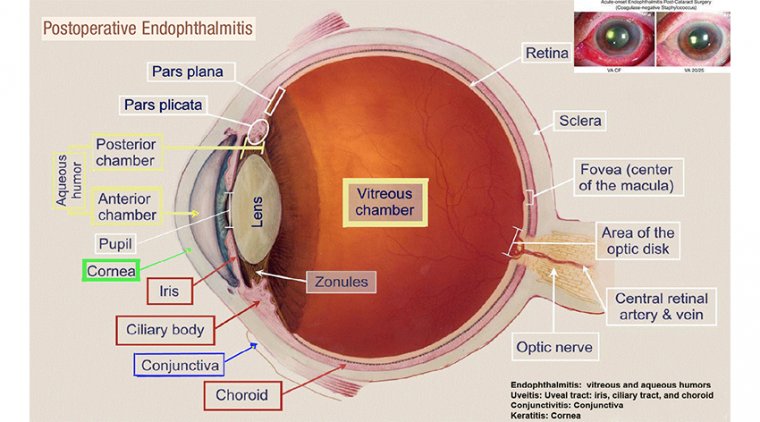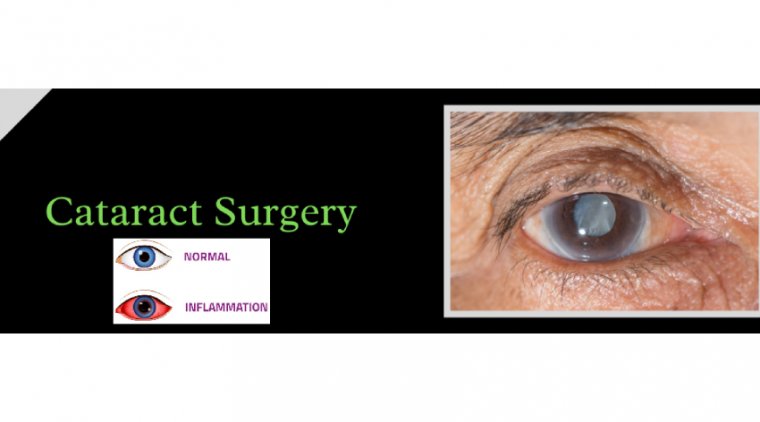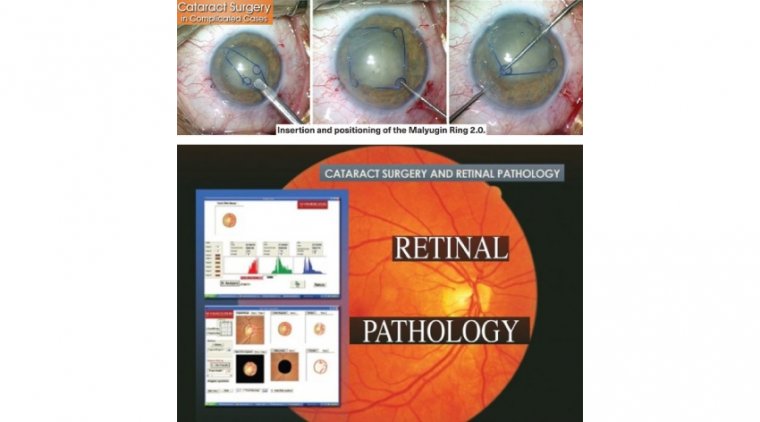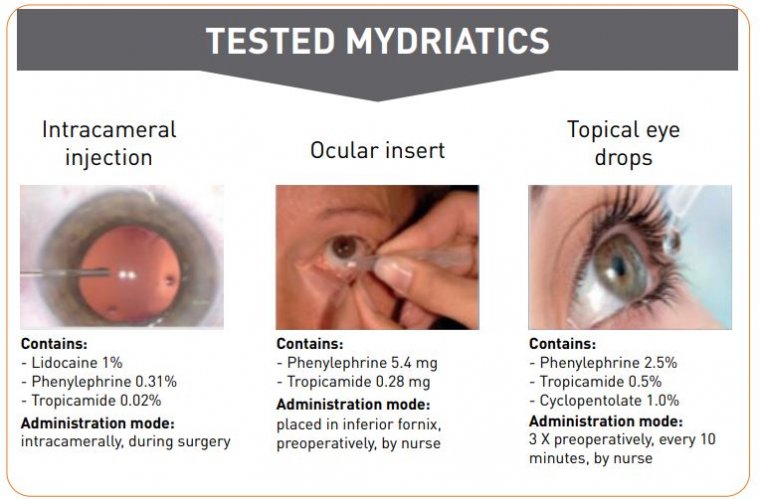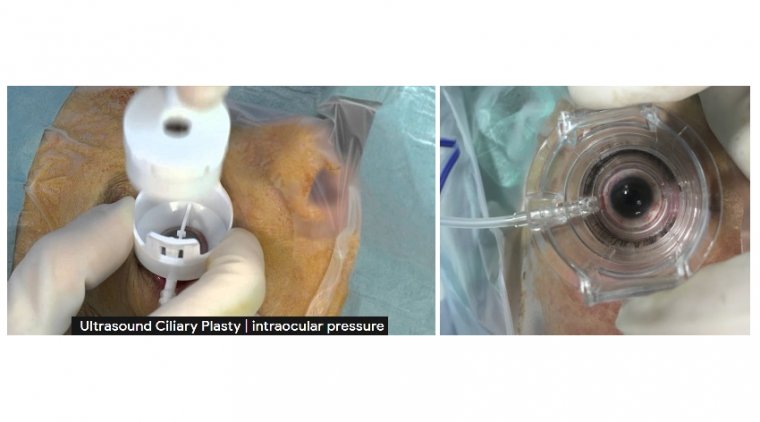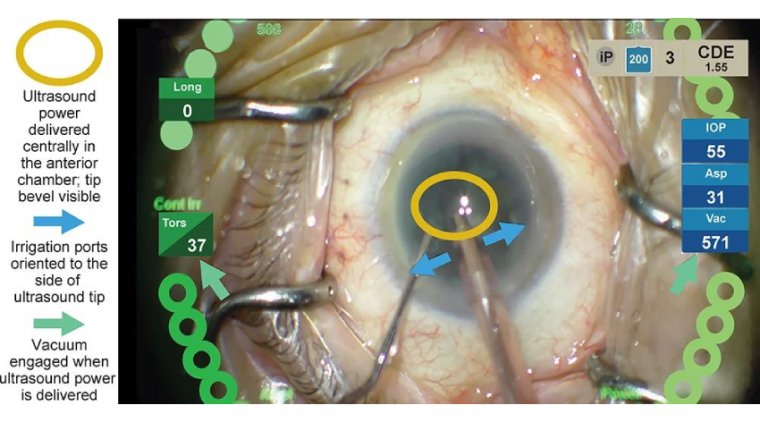
The Surgical Accuracy and Efficiency with Femtosecond Laser-Assisted Cataract Surgery
Femtosecond laser assisted cataract surgery (FLACS) can improve surgical accuracy and efficiency by standardizing corneal incisions and improving centration, circularity, and intended diameter of the capsulotomy.
Lens fragmentation using FLACS resulted in lower effective phacoemulsification time compared with the conventional method.
FLACS, replaces many of the steps during cataract surgery that require a blade and softens the cataract, allowing for an easier and smoother removal.
In addition, the laser corrects mild astigmatism by relaxing the cornea at a precise depth, length, and orientation in a more precise and effective manner compared to manual, hand-made incisions.
FLACS can also improve the quality of vision by reducing some visual aberrations, it expands the visual range of astigmatism-correcting lens implants, and it may enhance the quality and range of near vision in extended range lens implants.
Femtosecond laser assisted cataract surgery (FLACS) is a recent development in the history of cataract surgery.
The femtosecond laser can be used to create cleavage planes via photodisruption in transparent/translucent tissues, focused with the aid of real-time intraoperative imaging (optical coherence tomography (OCT) or scheimpflug).
Femto Laser-Assisted Cataract Surgery, or FLACS, replaces many of the steps during cataract surgery that require a blade and softens the cataract, allowing for an easier and smoother removal.
In addition, the laser corrects mild astigmatism by relaxing the cornea at a precise depth, length, and orientation in a more precise and effective manner compared to manual, hand-made incisions.
It can also improve the quality of vision by reducing some visual aberrations, it expands the visual range of astigmatism-correcting lens implants, and it may enhance the quality and range of near vision in extended range lens implants.
One physician’s story
My partner and I were not early adopters of femtosecond laser technology. We had been running a well-established optometric referral practice at an ambulatory surgery center for more than 30 years before we considered it.
Several factors led to our decision. As ophthalmology section chief, I noticed that many of the younger surgeons we were considering for our staff wanted to join a facility with femtosecond laser capabilities.
Second, a rival practice was performing a high volume of femtosecond laser-assisted cataract surgery (FLACS) cases. Third, patients would call our practice to fi nd out whether we offered FLACS. We would tell them no but assure them that our doctors have a lot of experience.
However, we ended up losing patients to our competitor. Because this technology is well adopted in most facilities, we invested in a femtosecond laser (LENSAR).
As an experienced surgeon who has performed more than 50,000 procedures, I have a low complication rate with great results.
After performing FLACS, I realized that there are some things this technology can reproducibly do better than I can. Immediately, I began to see tighter, more accurate, and more precise results.
The fact that I could now have a capsulorhexis and opening of exactly 5 mm and not 4.8 mm or 5.1 mm meant that, when those patients left the operating room, I knew their procedure was 100% accurate.
I also found an improvement in the softening of the lens. The chopping and dicing facilitated the nuclear lens material removal.
It required less phaco energy and produced faster phaco times. Patients were seeing closer to 20/20 on postoperative day 1 after FLACS than they were with traditional surgery.
These were clear advantages. Occasionally, I get patients with previous trauma or who may have had retinal problems and undergone a pars plana vitrectomy. Their zonular structure and integrity of the eye are often not the same as those of a virgin eye.
Workflow
Because we do not keep the femtosecond laser in our operating room but in a clean area, I thought workfl ow would slow down. However, we move patients directly from the clean area to the operating room.
When the femtosecond laser is done, the operating room is being turned around and the circulator is ready to bring the patient right back because I am working out of 1 room. The entire process from the time of docking is roughly a minute and a half.
FLACS has also improved my patient experience because I no longer do manual marking. I use preoperative iris imaging and astigmatism diagnostics technology (Cassini Technologies) that interfaces with my femtosecond technology.
The manual marking using the Iris registration (even if I do not use the exact number from the imaging and diagnostic technology) allows me to manually enter the number and still have Iris registration.
I have had cases where I have had a marker using any kind of mechanical device, when suddenly the patient looks up or down and ends up with a corneal abrasion, and I have not even started the case.
The fact that I no longer must mark the cornea, potentially creating a corneal abrasion and running the risk of patients complaining the next day, is huge. The IntelliAxis L is a unique feature on our femtosecond laser platform.
The femto places a little nick in the capsule at the steep axis. When I align a toric lens, whether it is a monofocal toric or a presbyopic toric, that mark is right where the lens toric mark is. There is no parallax.
I know exactly where that lens is to be aligned. It makes the alignment much more precise and easier. We are getting 20/20 eyes at day 1 on high powered toric IOLs that we were never seeing before.
Financial Benefits
There are patients who want the technology. It is not an uphill sale. It sells itself. Clearly, the ability to have a procedure that drops to the bottom line of the practice with a decreasing reimbursement from the federal government, Medicare, and non-Medicare cases is a challenge.
Reimbursements are going to continue to drop. We can balance-bill patients for a premium service when treating presbyopia and/ or astigmatism because those are noncovered conditions.
There may be other surgeons like me who have many years of experience and are very happy with their outcomes. However, if they can avail themselves of femtosecond laser technology, it is worth being open-minded and giving it a shot.
In the last 12 months, our premium conversion for toric and presbyopic lenses has been higher than ever. As the penetration of premium lenses increases, FLACS will be a further catalyst to drive more business through the premium channel.

